FRP/PP FRP Ducts
FRP/PP FRP Ducts Specification
- Usage & Applications
- Industrial
- Color
- Grey
- Size
- Standard
- Product Type
- FRP Ducts
- Usage
- Industrial
- Material
- FRP
FRP/PP FRP Ducts Trade Information
- Minimum Order Quantity
- 1 Square Meter
- Payment Terms
- Others
- Supply Ability
- 25 Square Meters Per Week
- Delivery Time
- 15 Days
- Main Domestic Market
- All India
About FRP/PP FRP Ducts
FRP PP FRP FRP stands for Fiber Reinforced Plastic. PP stands for Polypropylene, a type of thermoplastic polymer. FRP PP FRP typically refers to a sandwich structure or layered composite where: FRP layers (fiber-reinforced plastic) are used on the outer surfaces to provide strength, stiffness, and corrosion resistance. A PP (polypropylene) core is sandwiched between the FRP layers, offering lightweight properties, insulation, and sometimes flexibility. Applications: Used in panels, roofing sheets, or structural components where a combination of strength, lightweight, and chemical resistance is needed. Common in chemical plants, water treatment facilities, and construction. FRP Duct FRP Ducts are ducting systems made from Fiber Reinforced Plastic. These ducts are used to transport gases, air, or corrosive fumes in industrial environments. FRP ducts are lightweight, corrosion-resistant, and have excellent durability. They are preferred over metal ducts in environments where chemicals, moisture, or acids might cause corrosion or contamination. Features: Resistant to acid, alkali, and salt corrosion. Smooth internal surface reduces friction losses. Can be custom-shaped or fabricated to suit specific installations. Used in ventilation, exhaust systems, chemical processing plants, and HVAC systems.FAQs of FRP/PP FRP Ducts:
Q: What is the material used in FRP/PP FRP Ducts?
A: The material used in FRP/PP FRP Ducts is FRP (Fiber-Reinforced Plastic).Q: What is the standard color of FRP/PP FRP Ducts?
A: The standard color of FRP/PP FRP Ducts is Grey.Q: What is the usage of FRP/PP FRP Ducts?
A: FRP/PP FRP Ducts are primarily used for industrial applications.Q: Are the size specifications of FRP/PP FRP Ducts customizable?
A: FRP/PP FRP Ducts come in Standard size specifications.Q: What industry benefits the most from FRP/PP FRP Ducts?
A: Industries requiring durable and robust ducting systems benefit significantly from FRP/PP FRP Ducts.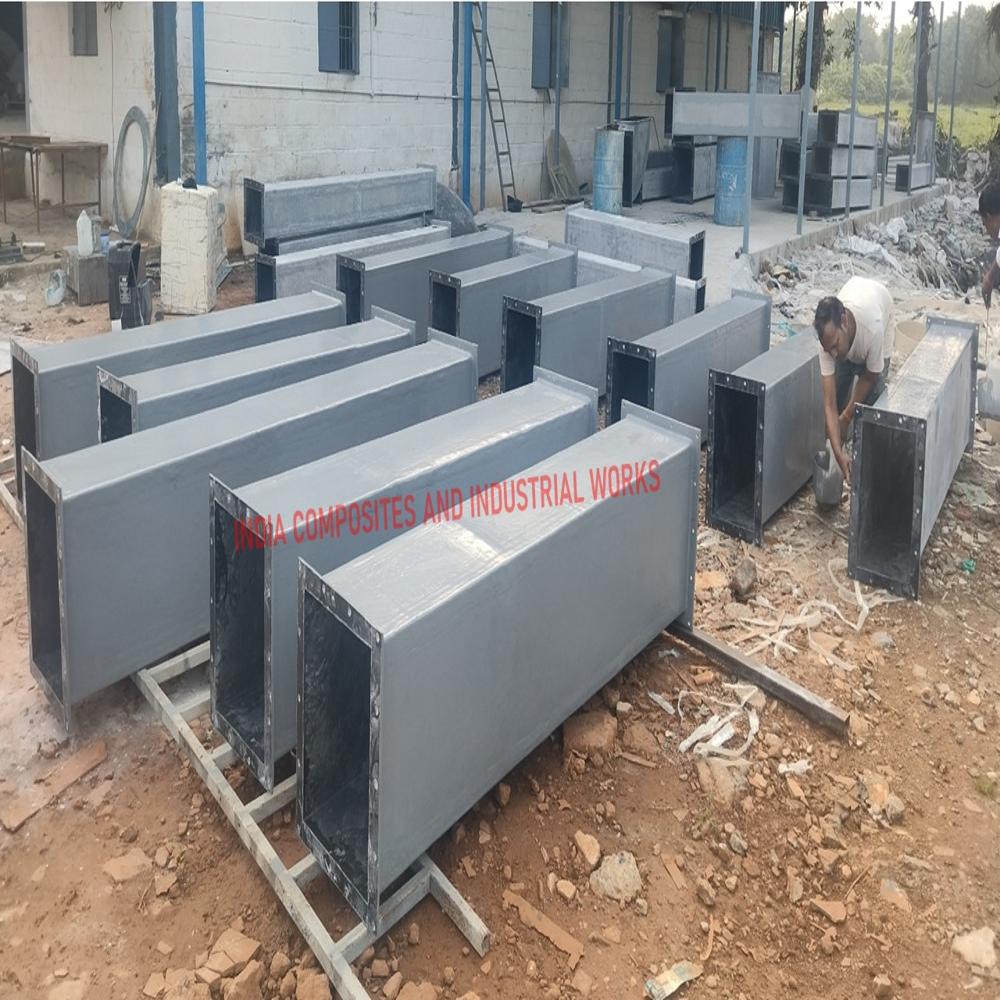
Tell us about your requirement

Price:
Quantity
Select Unit
- 50
- 100
- 200
- 250
- 500
- 1000+
Additional detail
Mobile number
Email
More Products in FRP Products Category
FRP Motor Cover
Price 2500.0 INR / Piece
Minimum Order Quantity : 1 Piece
Material : FRP
Color : ANY
Size : Standard
FRP And GRP Round Pipe
Price 1000 INR / Meter
Minimum Order Quantity : 10
Material : FRP & GRP`
Color : Grey
Size : Multiple
Usage : Industrial
FRP Retention Hood
Price 50000 INR / Unit
Minimum Order Quantity : 1 Unit
Material : FRP
Color : Blue
Size : Customized
Usage : Industrial
FRP Lining & Coating
Price 1500.0 INR / Square Meter
Minimum Order Quantity : 1 Square Meter
Material : MS
Color : Green
Size : Standard
Usage : Industrial


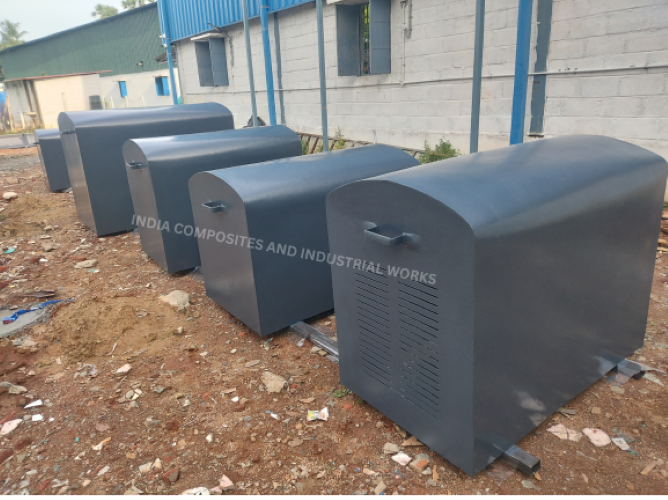
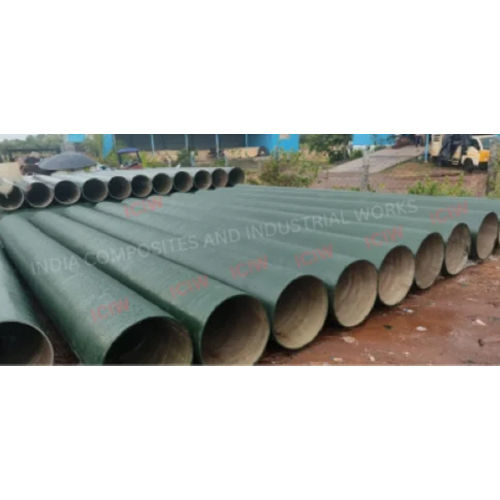
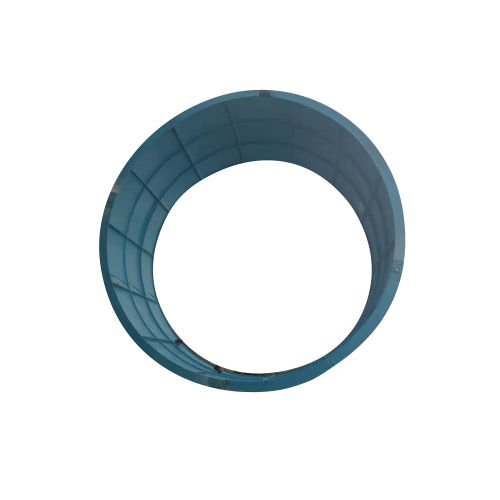
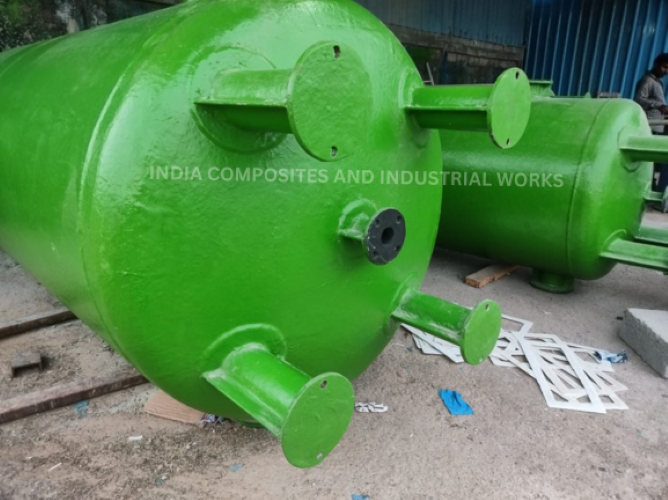


 Send Inquiry
Send Inquiry Send SMS
Send SMS Call Me Free
Call Me Free